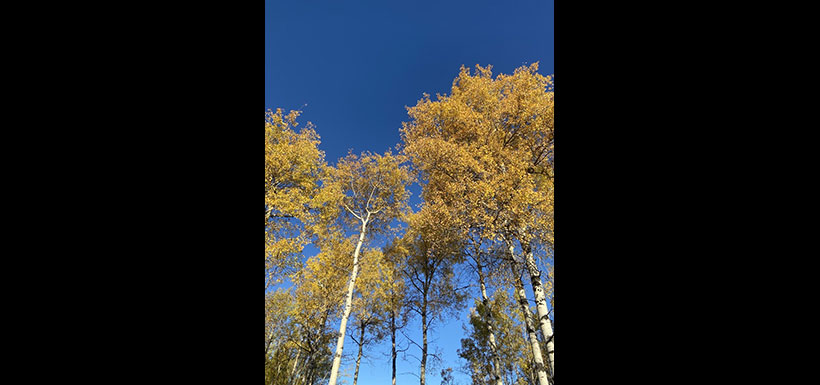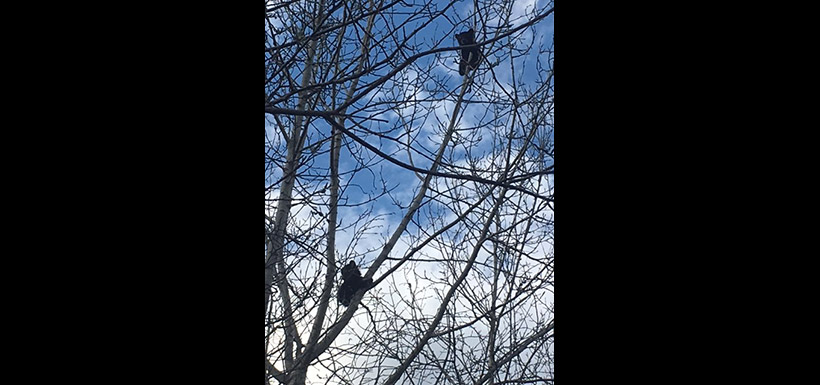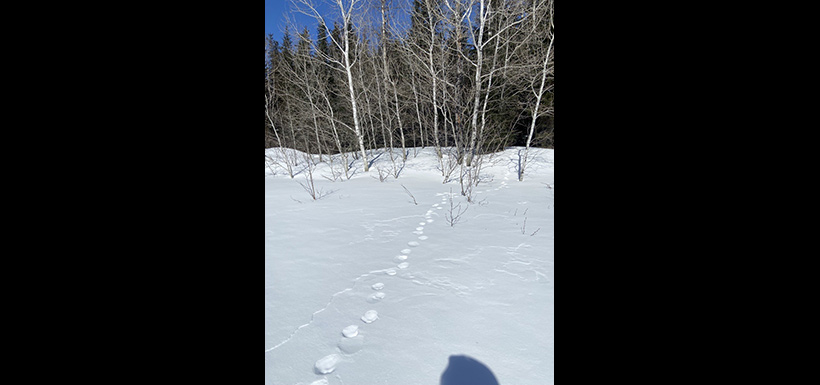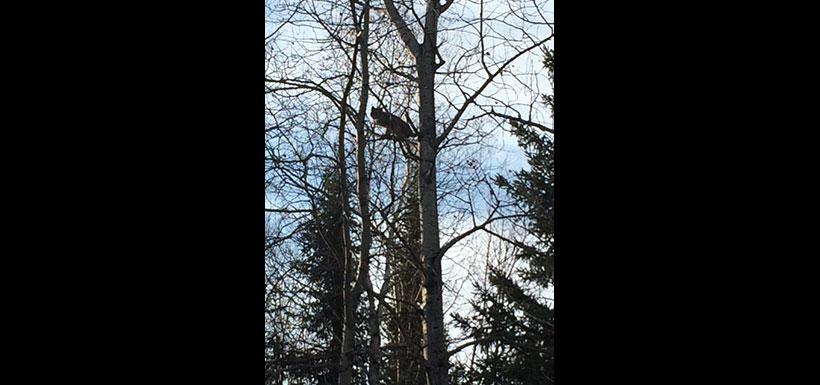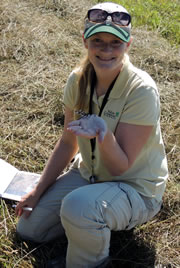Big, bold and boreal: Once complete, this will be Canada’s largest private conservation project
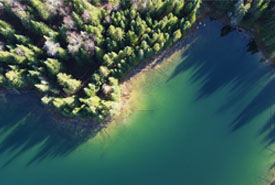
Boreal Wildlands, ON (Photo by NCC)
Spring is unfurling across the country, and those who know me know I love my birds. Birdwatching is great in any season, but I start to get a specific set of goosebumps when I hear the first sounds of migratory birds returning from the south in spring, because I know it means soon it will be my favourite time: warbler migration. I have a particular soft spot for Canada warbler, one of the many species of warblers that migrate from their southern wintering grounds back to Canada, all the way up to the boreal forest — often described as the “songbird factory of the north.”
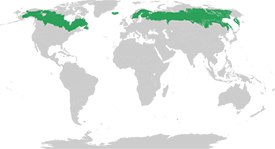
Map of the boreal forest region (Graphic by Wikimedia Commons)
What exactly does that mean, you ask?! Well, “boreal forest” refers to a type of northern forest that stretches around the world in a band, from the Yukon, across Northern Ontario in a “pinch point” between Lake Superior and James Bay, out to Newfoundland, across northern Europe and back to Yukon. Many people think of it as a vast swath of forests — and the trees do go on for days — but it is packed with countless wetlands, rivers and lakes, too. Canada’s boreal forest is where millions of songbirds migrate annually to produce their young. That’s where “songbird factory” comes from; except in the place of factory smokestacks, you’ll find tall black spruce, and the “supervisors” are wolves, lynx and moose.
My heart still races at the thought of the vast boreal forest project that has the potential of being conserved for the long term: the Boreal Wildlands. Last fall, on a glorious blue-sky day, welcomed by shimmering gold birches and poplars, I stared in awe at a landscape that seemed to go on and on: the site of what has the potential to be the largest private conservation project in Canada’s history. Looking down at the biggest set of moose tracks I had ever seen cutting right across from where I was standing, I could only dream of the other huge animals roaming the area. I was already dreaming about bringing my binoculars back in the spring!
Get a bird's eye view of the Boreal Wildlands here >
More than twice the size of Toronto
At nearly 1,500 square kilometres, the Boreal Wildlands, south of Hearst, Ontario, is more than twice the size of Toronto. This endless landscape of former forestry lands hasn’t been harvested in about 15 years. Dotted with over 100 undeveloped lakes, free-flowing rivers and massive wetlands, this conservation project is an incredibly rare gem. This is also a chance for the Nature Conservancy of Canada (NCC) to bring communities and partners together, and build meaningful relationships grounded in mutual respect and desire to conserve this rich landscape.
I greatly enjoyed having a chance to explore this special place with Wayne Neegan of Constance Lake First Nation, a community whose territory includes the Boreal Wildlands. Hunting, trapping, fishing and gathering are an important part of life for many members of Constance Lake First Nation. Wayne is an avid hunter who showed me a few cool ways to call in a moose. His moose impression was spot on, and he also demonstrated how splashing your feet around in the water might catch the attention of a territorial male moose! NCC is engaging in conversations with Wayne, his community and other First Nations communities and Indigenous people around the site to learn more about how this project can support their rights and interests on the land, and in the surrounding area.
Accelerating conservation
In an era when we face large-scale challenges like biodiversity loss and climate change, the scale of these crises demand that we accelerate the pace of our work. We are focussing our efforts to deliver conservation impact with large-scale solutions. Once complete, the Boreal Wildlands project will support Canada’s targets to conserve 25 per cent of our lands and waters by 2025, and 30 per cent by 2030. We’re finding innovative ways to achieve ambitious goals, including leveraging the Government of Canada’s Natural Heritage Conservation Program (part of Canada’s Nature Fund), the Government of Ontario’s Greenlands Conservation Partnership and determining how projects like the Boreal Wildlands can provide benefits to Indigenous communities and people, and contribute to Reconciliation.
I can’t wait until I visit Boreal Wildlands again in a few weeks, where I’ll continue meeting with partners, learning about the property first-hand and most definitely doing some birding. I’ll be particularly excited to spot a Canada warbler if I can, as it returns to its summer home. This beautiful yellow and gray songbird that looks like it’s wearing a black necklace is on the endangered species list in Canada and is expected to be found on the Boreal Wildlands.
I’m eager to learn not just about the rare species using the site, like this favourite warbler, but about the entire suite of biodiversity (i.e. all the plants and animals including birds, insects, mammals and more) across this exciting potential conservation project. Knowing more about what’s there helps NCC and our partners manage conservation sites for the benefit of all species to ensure we’re directly addressing the crisis of biodiversity loss.
Wish me luck, as I’ll be trying my hardest to spot one of these fluttering fairies through my binoculars, or just hoping to hear a snippet of their cheerful song (“chip, chippity dip, chippity dip!”).
Find out more about the Boreal Wildlands project and how you can help support its conservation here >

